In the realm of agriculture, where every drop counts and efficiency reigns high, the role of technology in irrigation cannot be overstated. Among the many innovations that have revolutionized farming practices, self-Priming well water pump stand out as a crucial tool for ensuring reliable water supply to crops. These pumps, designed to operate submerged in wells or water reservoirs, offer a multitude of benefits that significantly enhance agricultural productivity.
One of the more noteworthy features of self-priming submersible pumps is their ability to operate efficiently even in challenging environments. Unlike traditional surface pumps, which require manual priming to remove air and create suction, self-priming pumps can automatically expel air and prime themselves, saving valuable time and effort for farmers. This capability is particularly advantageous in areas where water sources are deep or fluctuate frequently, ensuring uninterrupted water supply to crops regardless of external conditions.
Moreover, the submersible design of these pumps offers inherent protection against external elements, such as weather and debris, less the risk of damage and prolonging their operational lifespan. By being submerged underwater, these pumps also operate more quietly and discreetly, less disturbance to surrounding environments and communities.
In addition to their reliability and durability, self-priming submersible pumps are known for their energy efficiency. With advancements in motor technology and design optimization, modern pumps consume less power while delivering higher flow rates, translating to lower operating costs for farmers. This energy efficiency not only reduces the carbon footprint of agricultural operations but also contributes to long-term sustainability by conserving resources.
Furthermore, the versatility of self-priming submersible pumps makes them suitable for a wide range of agricultural applications. Whether irrigating fields, watering livestock, or supplying water for agricultural processing, these pumps offer customizable solutions to meet diverse needs. Their compact size and ease of installation make them ideal for both large-scale farms and smallholder operations, democratizing access to efficient water management technologies.
Beyond their technical specifications, the adoption of self-priming submersible pumps can have profound socio-economic impacts on farming communities. By improving water accessibility and reliability, these pumps empower farmers to optimize their crop yields and livelihoods. Increased agricultural productivity not only enhances food security but also stimulates economic growth through job creation and market expansion.
However, despite their numerous advantages, the widespread adoption of self-priming submersible pumps faces several challenges. Affordability remains a significant barrier for many farmers, particularly those in developing regions with limited financial resources. Additionally, inadequate maintenance and technical support infrastructure can hinder the effective deployment of these pumps, underscoring the importance of holistic support systems for sustainable technology adoption.
In conclusion, agriculture submersible water pumps represent a transformative innovation in agricultural water management. Their reliability, efficiency, and versatility make them indispensable tools for enhancing farm productivity and resilience. As farming communities worldwide strive to overcome the challenges of water scarcity and climate change, investments in technologies like self-priming pumps are essential for building a more sustainable and prosperous future for agriculture.
Furthermore, ongoing research and development efforts aim to further enhance the performance and accessibility of self-priming submersible pumps. Innovations such as remote monitoring systems and predictive maintenance algorithms promise to optimize pump operation and less downtime, maximizing the return on investment for farmers.
Moreover, initiatives focused on capacity building and knowledge transfer play a vital role in empowering farmers to leverage the full potential of these technologies. Training programs and extension services provide invaluable guidance on pump selection, installation, and maintenance, enabling farmers to make informed decisions and overcome operational challenges.
In the face of evolving agricultural needs and environmental pressures, the evolution of self-priming submersible pumps represents a testament to human ingenuity and resilience. By harnessing the power of innovation, collaboration, and empowerment, we can continue to propel agriculture forward on a path of sustainability, productivity, and prosperity for generations to come.

 English
English русский
русский Español
Español
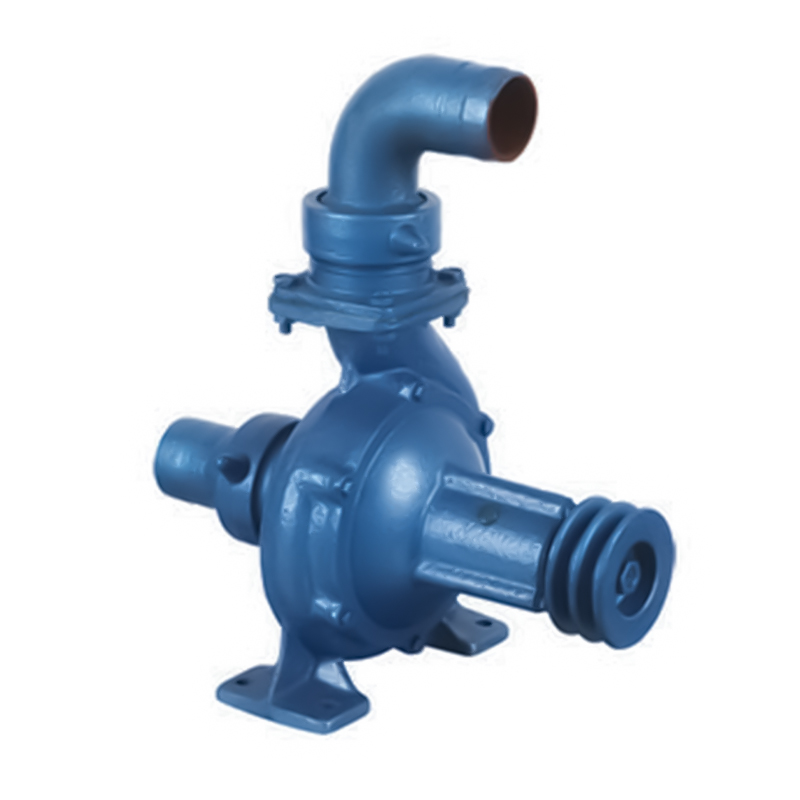
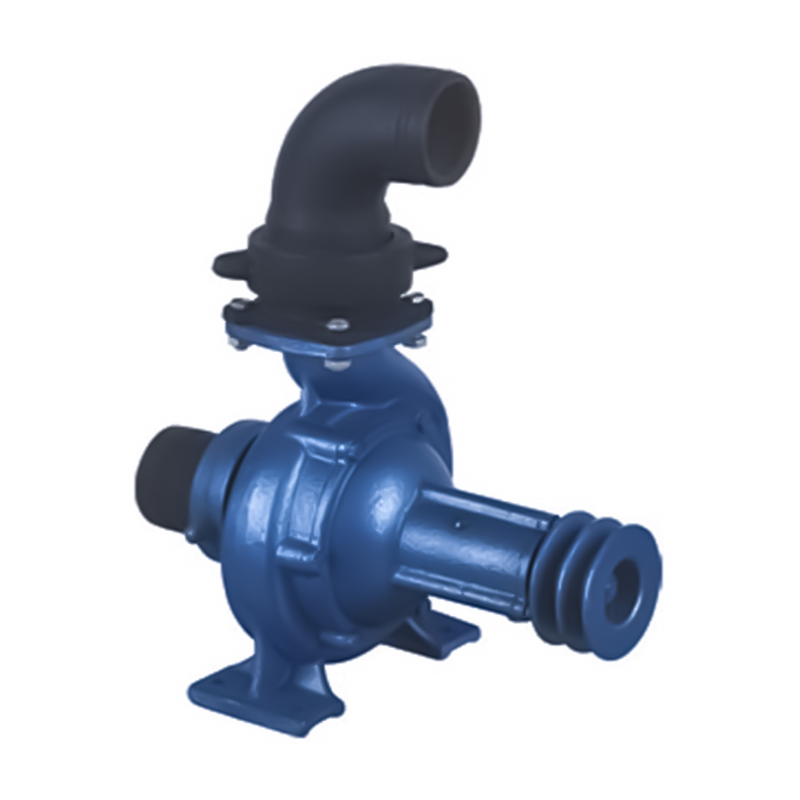

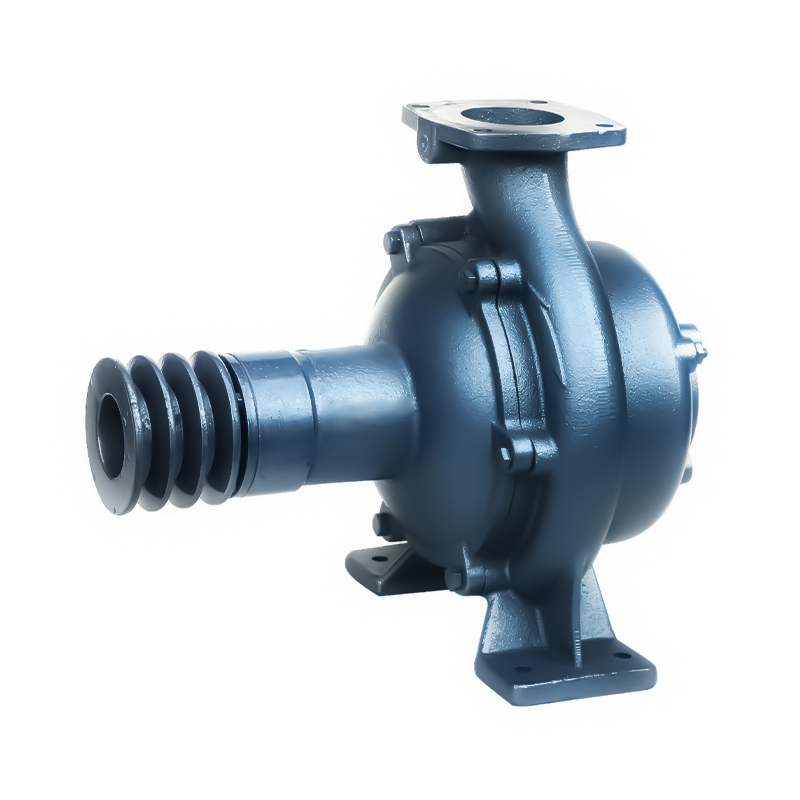
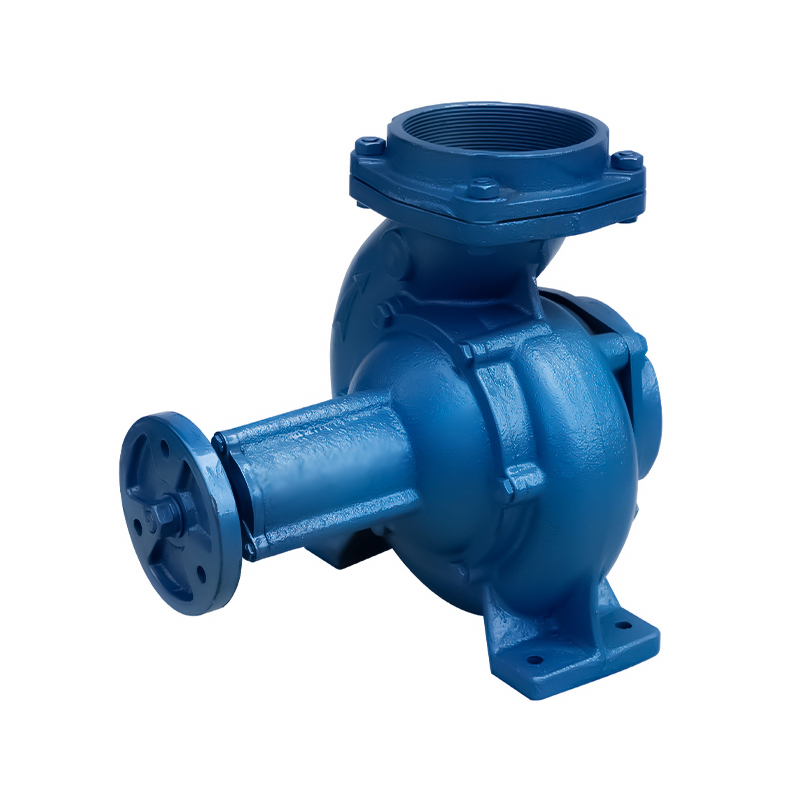
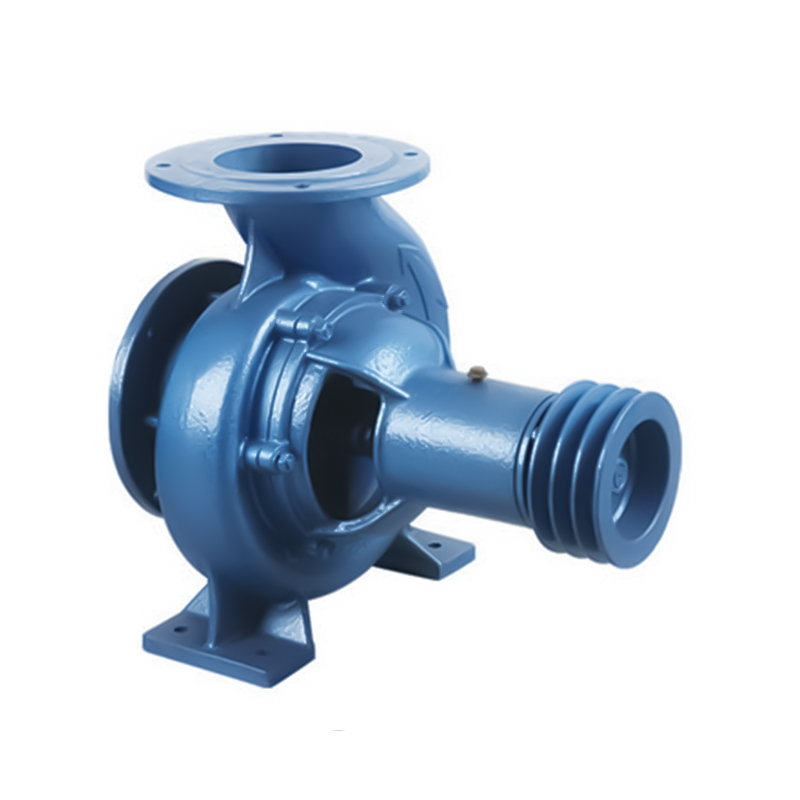
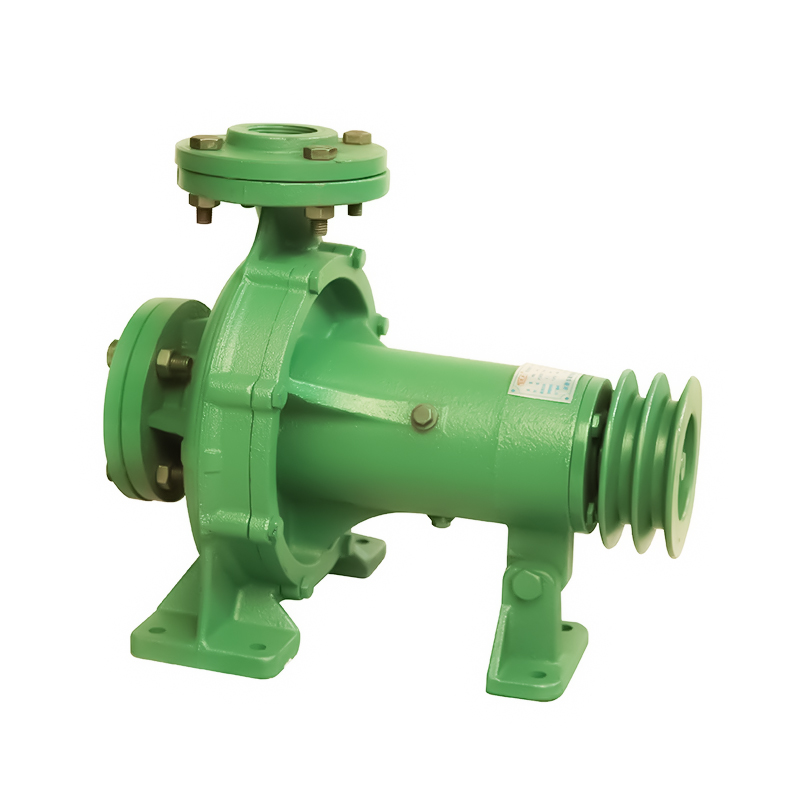

 Email:
Email:
 Phone:+86-13605899207
Phone:+86-13605899207

